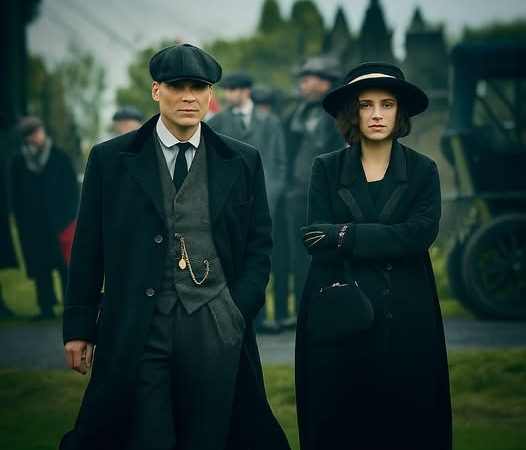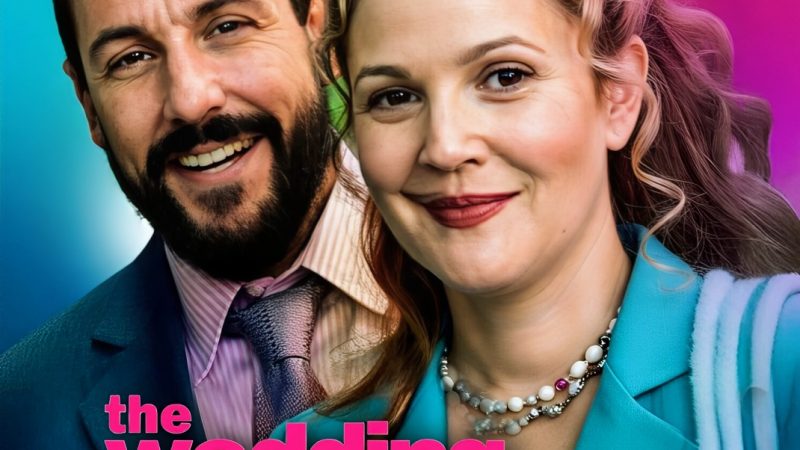No One Dances to Be Happy: The Fragile Joy of Dancing at Lughnasa
“No one dances to be happy. They dance to keep from being broken.”
Dancing at Lughnasa (1998) — an analytical perspective that is true to what the film conveys, but also not the final word or the only official message of the film.
Is this the “word” of Dancing at Lughnasa?
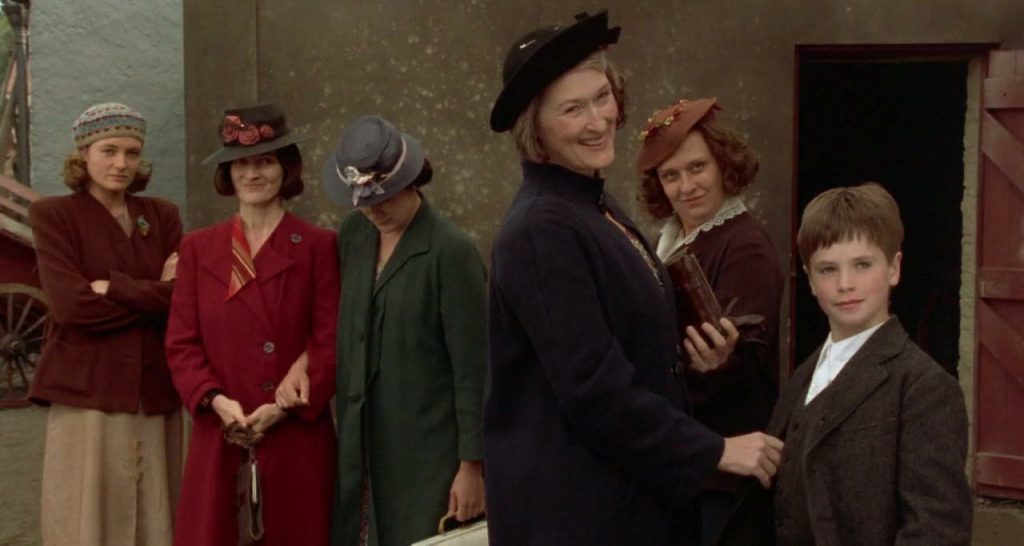
The answer is: partly yes, but not entirely. Harvey’s article suggests:
The film retains its theatrical core, leaning more on dialogue, inner emotions, and acting than on cinematic visual language.
The film’s most powerful moments come from the ensemble acting and the nostalgic element, especially through the son’s reminiscing voice-over.
Meryl Streep, Michael Gambon, and the supporting cast all add depth, but the story is still constrained by the dramatic structure.

However, the film’s core “message” (in terms of emotion and theme) can be summarized as follows:
“In a changing world where poverty and prejudice stifle dreams, only moments of love – like a sudden dance in the afternoon sun – are what make people feel truly alive.”
The big themes the film wants to touch on:
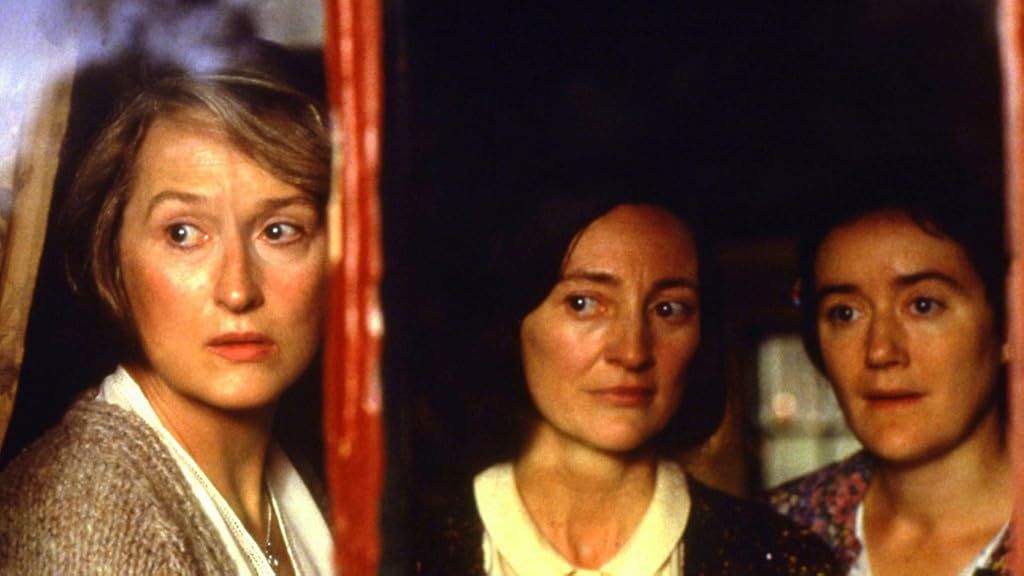
The silence of women left behind in a world controlled by men.
The desire for freedom – to love, to live, to choose – even if only for a moment.
Nostalgia: The narrator recalls his childhood, clearly seeing the losses that he could not fully understand in the past.
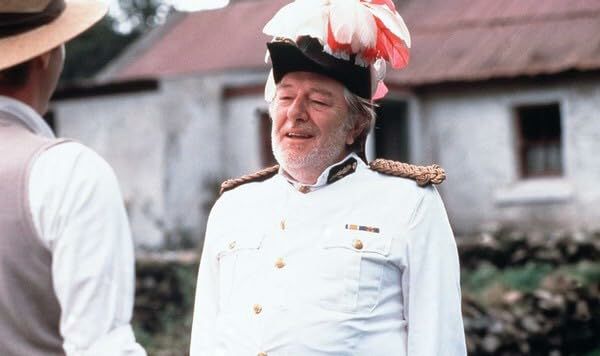
The conflict between beliefs and indigenous culture: shown through the character of Father Jack, a symbol of the dissonance between spiritual worlds.
Harvey’s review is an academic, objective assessment, focusing on analyzing the cinematographic techniques and the effectiveness of the stage adaptation. But if you ask about the “emotional whisper” that the film wants to send to the audience’s heart, it can be rewritten as follows:
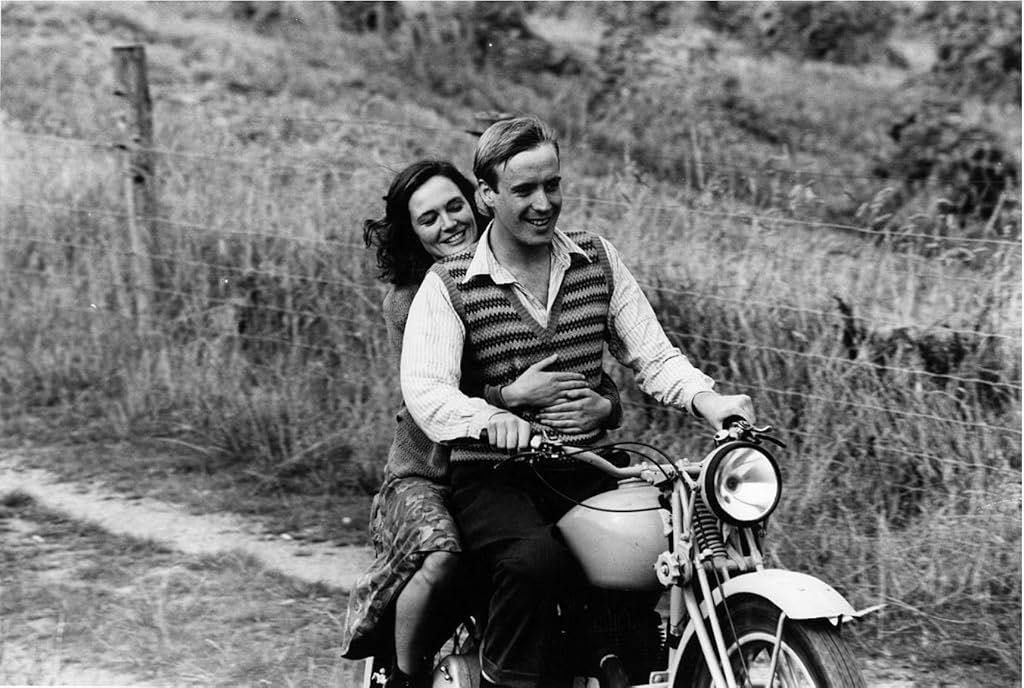
“Dancing at Lughnasa is a sad song, where every little crack in family life becomes a quiet pain – but also a place where even just a dance, a laugh, can still make life meaningful.”

